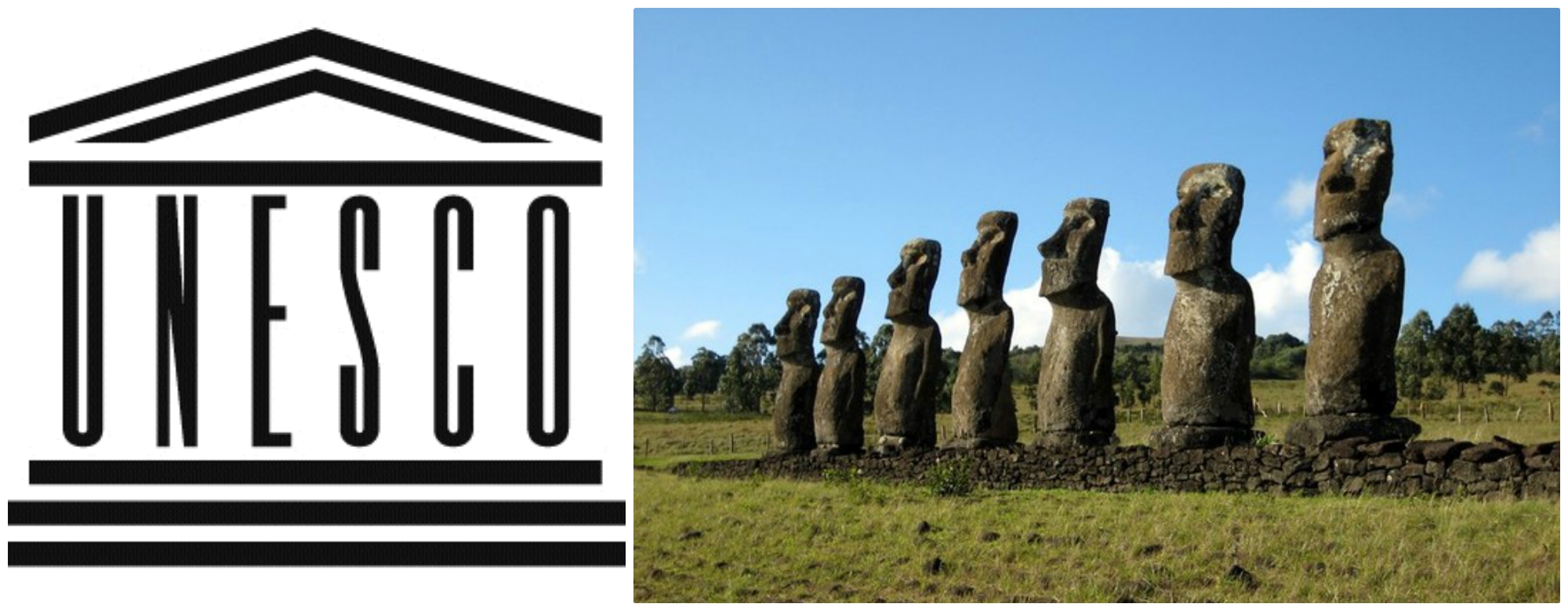Call it the mysterious island or “the island with the heads,” or “the island with a peculiar name”, the truth is that this Island, not easily accessible by humans, has been shrouded in mystery for ages. But not anymore. A bunch of archeologists came close to finding what could be the true history and origin of Easter Island. Buried deep beneath the ground they found things which are mind-boggling.
A Strange Surprise Inside
A team of archeologists, part of Easter Island Statue Project decided to excavate a large number of Rapa Nui’s statues. The excavation project did not go in vain as the archeologists made some breathtaking discoveries about the history of these structures and how they might have come into existence. In the excavated structures was found a sort of a red pigment and the speculations are that it was this pigment that was used to paint the Moai. Recently, archeologists made a bizarre and groundbreaking discovery on the Easter Islands where all these Moai statues are. The discovery involved the height of the statues’ heads. Paro, the tallest Moai is 10m (33ft) tall and weighs 82 tonnes! It is believed that the Moai has been on the Chilean Polynesian island since 1250 C.E.
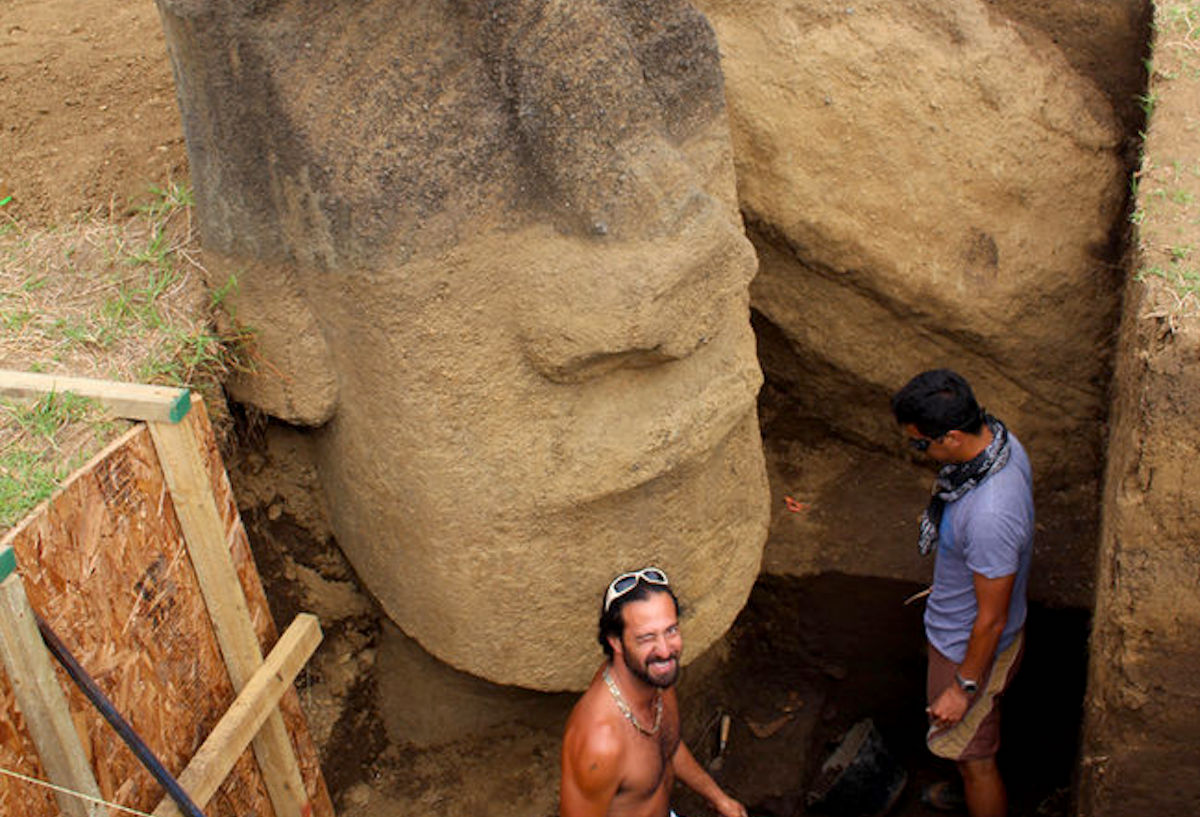
Markings Revealed Everything
Some discoveries that the EISP made are mind-boggling. There was an intriguing relic found under one of the statues. Under the statue was a stone on which was a carving in the shape of a crescent. It is believed that it is a symbol of a canoe or vaka (a boat). The statue with which this stone was found has petroglyphs (a prehistoric carving on a stone) written on it. Van Tilburg (the person leading the project) and his team believed that these petroglyphs hinted to the history of the statues.
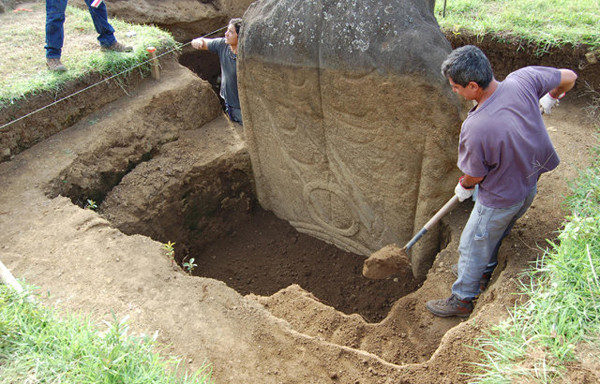
Stands Out Like A Sore Thumb
Tukuturi easily is the most unique statue on the Easter Island. It is believed to be the physical manifestation of an old singer. The figure is in the kneeling position and sports a beard. It is way smaller as compared to other Moai statues. It is made of a different material too. Red Puna Pua stone had been used to build this statue.
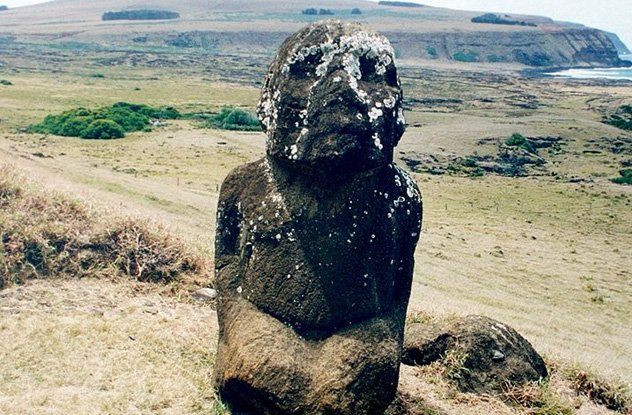
The Capital
A lot of people currently residing in the Easter Island are not from there originally. Almost all population is in Hanga Roa, the capital which, if we are frank is not the most exciting Rapa Nui location. The town has just one bank and a few businesses; basic infrastructure. The place, however, has adequate places for the tourists to stay at.
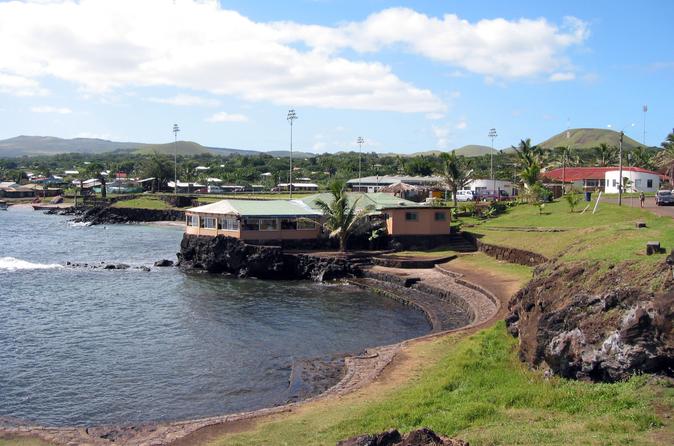
World Heritage Site
UNESCO added Rapa Nui National Park in the list of World Heritage Sites about 20 years ago. The status of the place is secured due to its exclusivity and the presence of the Moai. Most of the Easter Island has been proclaimed as a part of the Rapa Nui National Park. It was March 22, 1996, that UNESCO gave the park World Heritage status.
